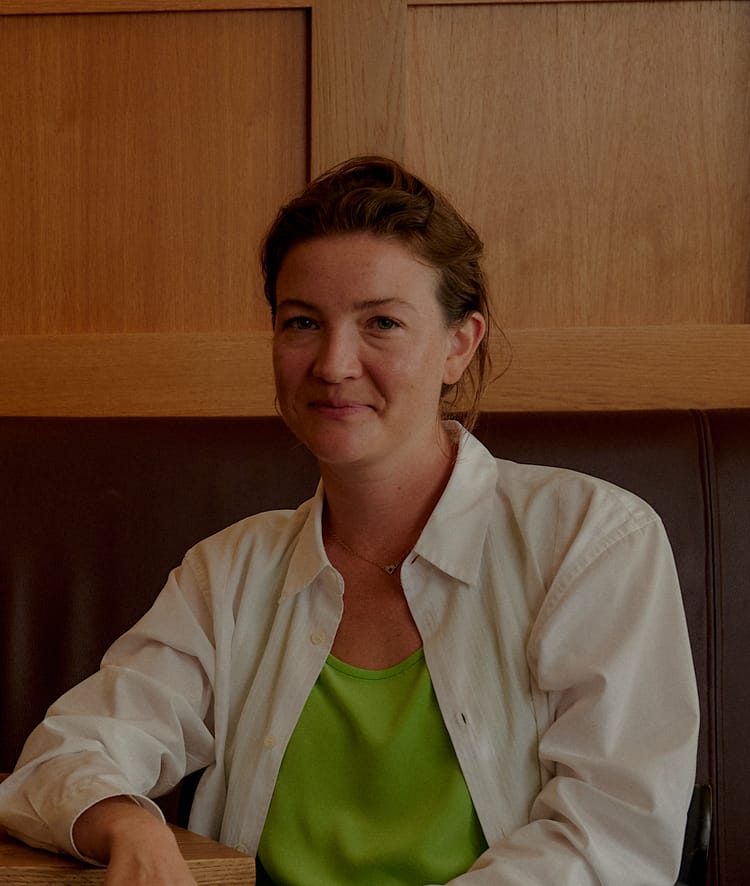The art of running lean
Stir Crazy's Mackenzie Hoffman on how to navigate today's landscape as a first-time restaurateur
• public
Running a small, thoughtful, wine-focused restaurant comes with both creative freedom and daunting challenges. For Stir Crazy owner Mackenzie Hoffman, the transition from sommelier to restaurant operator has meant learning to balance her creative vision with economic reality. In an impressive feat, she has transformed a legacy coffee shop into a local hot spot in Los Angeles, fitting into the neighborhood seamlessly.
Hoffman shares what inspired her leap into ownership, the operational lessons she’s learned along the way, and her advice for first-time restaurateurs navigating today’s hospitality landscape.
-Lesley McKenzie, editor
What inspired you to make the leap from beverage director to restaurant owner?
While wine is an undeniable passion of mine, these positions often do not offer a holistic operative view of restaurants. My career goals are more aligned with positions that demand a higher and broader level of expertise to develop and sustain culture, creativity, hospitality and profitability in more intentionally linked ways, not only within the business I own and operate, but also across our industry at large.
As a small, independent wine-focused restaurant, what have been your biggest operational challenges over the past two years and how have you adapted?
A tremendous amount of pressure and stress comes from finding and retaining experienced—or at least kind, curious and diligent—candidates. However, we have successfully retained our fair share of employees; multiple past and present teammates have surpassed their one- and two-year work-a-versaries (a tremendous feat considering we've only been open just over two years). First and foremost, adapting comes in the form of shifting the way I manage: away from a typical progressive discipline model and more towards a culture of consistent teaching and coaching. I have found that cross-training keeps people motivated and engaged, and helps promote autonomy and self-management.
How do you balance offering a thoughtful, curated wine list with keeping costs, inventory and staff training manageable?
I am inclined to stay sincere and honest and just say this is incredibly skills-based. What our wine program achieves (a 300-SKU wine list in a 500-square-foot space) comes from a decade of experience intimately learning strengths and weaknesses from other beverage programs. Two small tools I will share: First, train your team to perform inventory, top to bottom, all input and output, COGS, etc. It's the best way to teach them what you have, where it's located, and how much of it is left. I value a server's confidence in quickly locating a bottle kept at the correct temperature over their confidence in how exactly that wine is going to taste. Secondly, encourage your team to open a bottle or two per night off the by-the-bottle list to experience it, sell it, and add it to their rolodex of knowledge.
What advice would you give other first-time restaurant owners?
Get in touch with your moral compass: shape it, use it, trust it. In addition to having and keeping clear goals and values, focus on the how and the why of those goals, not just the what. If you are indeed attuned to answering these questions and keeping yourself accountable by responding more proactively (and less reactively), then achieving goals will be slightly easier. In restaurant speak, this is all to say: work smarter, not harder; your body and mind (and team and bottom line) will thank you for it.
Interview by Kelly Dobkin
Thanks for reading today's edition! You can reach the newsletter team at editor@theprep.co. We enjoy hearing from you.
Interested in advertising? Email us at newslettersales@mvfglobal.com
Was this email forwarded to you? Sign up here to get this newsletter once a week.
The Prep is written by Kelly Dobkin and edited by Lesley McKenzie.
